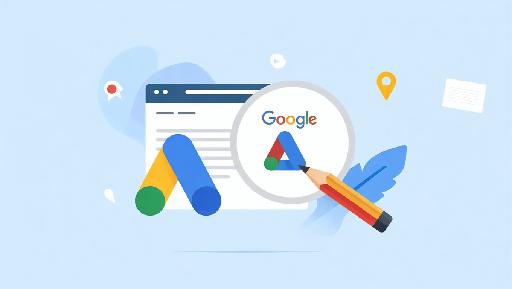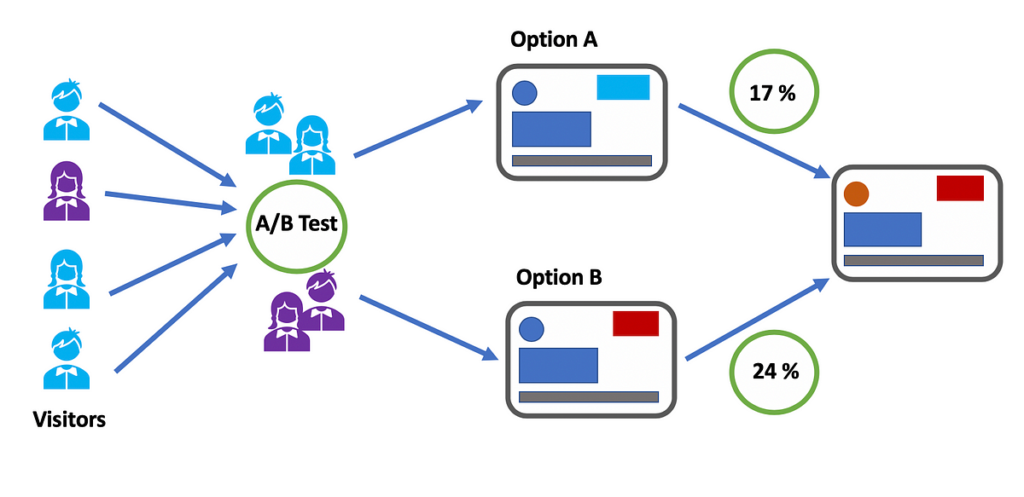
Google Ads is a powerful online advertising platform that allows businesses to reach potential customers through targeted ads on Google’s search engine results pages (SERPs) as well as on the Google Display Network. Furthermore, by understanding the key components and best practices of Google Ads, you can not only effectively promote your products or services but also drive significant traffic to your website.
Key Components of Google Ads

Search Network Campaigns
- Keywords: Identify relevant keywords that your target audience is likely to search for, in order to attract more organic traffic to your website.
- Ad Groups: To begin with, organize your keywords into ad groups based on related themes or products.
- Ad Copy: Create compelling ad copy that includes your target keywords and a strong call to action.
- Bidding: Set your maximum bid for each keyword to determine how high your ads will appear in the search results.
Display Network Campaigns
- Targeting: Choose the specific websites or demographics where you want your ads to appear.
- Display Ads: Create visually appealing display ads that complement the content of the websites they appear on.
- Remarketing: Target users who have previously visited your website.
Campaign Settings
- Budget: Set a daily or monthly budget for your campaigns.
- Location Targeting: Specify the geographic locations where you want to target your ads.
- Language Targeting: Choose the languages in which your ads will appear.
- Scheduling: Determine the days and times when your ads will be shown.
Best Practices for Google Ads

- Keyword Research: To begin, conduct thorough keyword research in order to identify the most relevant and effective terms for your business.
- Ad Copy Quality: Write compelling ad copy that is both informative and persuasive.
- Landing Page Optimization: Moreover, ensure your landing pages are relevant to your ads and also provide a seamless user experience.
- Ad Extensions: Additionally, utilize ad extensions like sitelinks, callouts, and structured snippets to not only provide additional information but also increase click-through rates.
- A/B Testing: Therefore, experiment with different ad variations to determine what works best for your audience.
- Tracking and Analysis: Consequently, use Google Analytics to track the performance of your campaigns and make data-driven optimizations.
Benefits of Google Ads
- Targeted Reach: This allows you to reach potential customers who are actively searching for products or services related to your business.
- Measurable Results: You can track the performance of your campaigns in real-time and make adjustments as needed.
- Flexible Budgeting: Google offers a variety of budgeting options to suit your needs.
- Scalability: You can easily scale your campaigns up or down based on your business goals.
By thoroughly understanding the key components and best practices of Google Ads, you can not only effectively promote your business online but also drive valuable traffic to your website.
Google Ads Academy
If you’re looking to deepen your understanding of Google Ads and gain the skills needed to excel in this field, consider enrolling in a academy.These academies offer comprehensive courses that can provide you with valuable insights, practical knowledge, and hands-on experience to effectively utilize Google Ads for your business.
A Google Ads academy can cover topics such as:
- Understanding Ads fundamentals
- Creating effective ad campaigns
- Keyword research and optimization
- Bidding strategies and budgeting
- Tracking and analyzing campaign performance
- Staying updated with Google Ads updates and best practices
By investing in a academy, you can equip yourself with the tools and expertise needed to succeed in online advertising.
Our Courses
DigitalMarketing & SEO
Web Designing
Web Development
Full Stack Development
Python Programming


